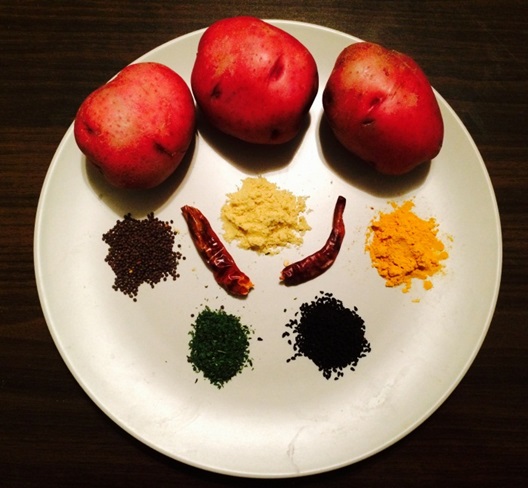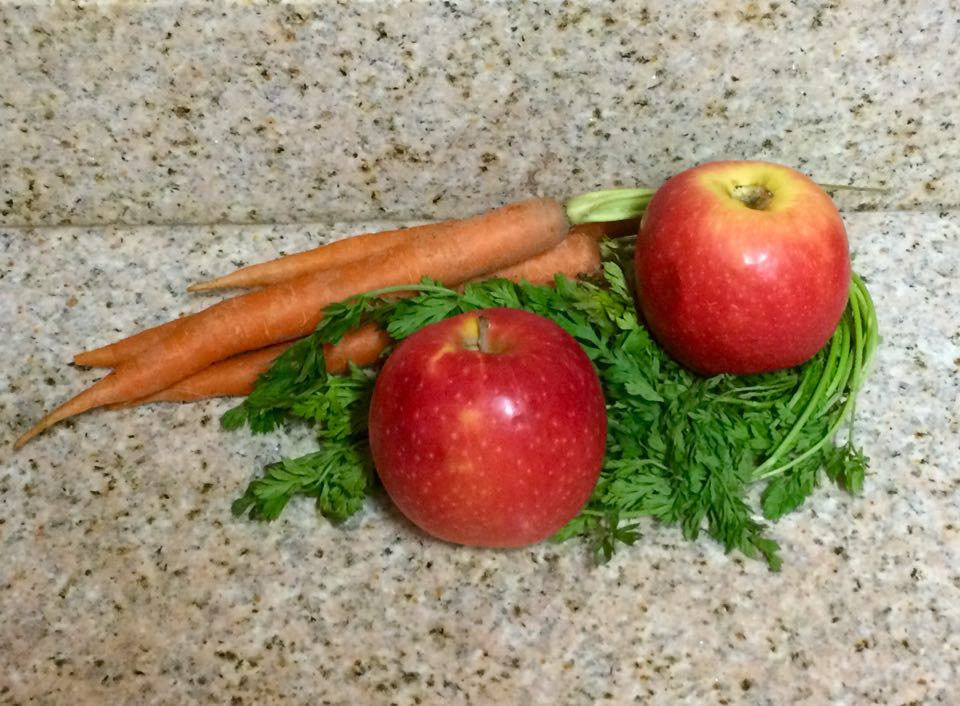“Industrial technologies, particularly synthetic nitrogen fertilizer, has fed the swelling human population during the last century. Can organic agriculture feed a world of nine billion people?” David Biello, “Will Organic Food Fail to Feed the World?”
David Biello’s “Will Organic Food Fail to Feed the World?” examines an issue that “has too often been an emotional debate”: organic vs. non-organic farming methods.
Biello begins by drawing attention to how much civilization truly relies on food: we need it to feed ourselves, to feed the animals we use to feed ourselves, to strengthen our clothing with fiber, and even to fuel our cars. Because we rely so heavily on food, agriculture has wiped out massive amounts of the biosphere: 70% of grasslands and 45% of temperate forests have been converted to farmland. Additionally, farming is not only the leading cause of deforestation in the tropics, but also “one of the largest sources of greenhouse gas emissions.” Continue reading





